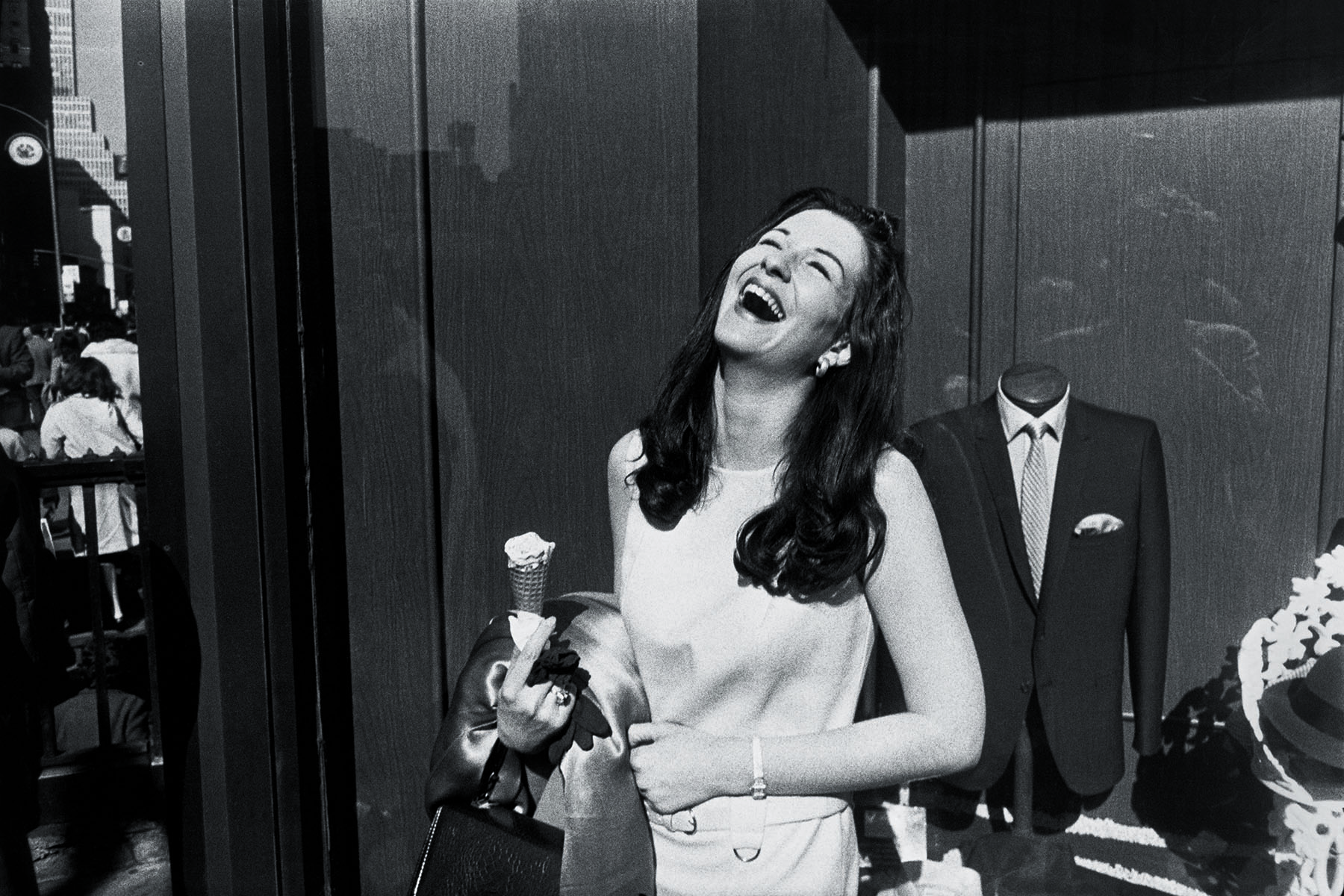
Review: ‘Garry Winogrand: All Things Are Photographable’ makes street photography an indelible artform
Written by: Jessica Pena, CC2K Staff Writer
So many points in history have been captured in time, in a moment’s bubble, in the confines of a photograph. And while all those pictures bring forth a significant mark on our culture, there’s something to be said on the intimate portraits that walk among us on the streets. If you think about it, we all have a story and it’s on our face, in the curves of our hands, in the daily exchanges, and in the very composition of our worlds.
Garry Winogrand had a sharp, swift eye for these windows and in the new documentary directed by Sasha Waters Freyers, Garry Winogrand: All Things Are Photographable, we get to share a similar frame of mind as the film tells of the man and his substantial body of work, both celebrated and recently developed rolls of archive. We often wonder just how one camera sees a moment of time and space.
Winogrand utilized street photography as a means of understanding the world around him, taking images that tell of our daily inner lives, even long after his untimely death in 1984 at the age of 56. What we discover is that his large portfolio and newly developed rolls let us in on the Bronx man, shining a light on every corner of his personal life as much as that of his pictured subjects. He was messy, a fast talker, artistically unorganized, and a man of his own time. Interviews with his ex-wives, photographers, editors, and curators all relish in Winogrand’s unique eye on the world. It makes you think about the ways a camera can so miraculously slide new perspectives into the limitations of its own grasp, but also creating waves of commentary. In Winogrand’s intimate street glimpse, we’re more of a fly in the crowds.
Winogrand used his Leica M4 to snap images of civilians in revolt, women during the Feminist Movement (for which he garnered a mixed reception on), families in recreation, and all the things that made our worlds tick at the time. Although at times debatable, his work marks itself as a close reflection of his unsatisfactory hope for society. With everything that followed WW2, Winogrand aggressively took note of our human apathies and emotional blunders, cultivating to more intrinsic styles of image capturing. His avant-garde liking to offset horizon lines and quick snaps of the button give us fascinating shots. This crooked, rapid pace of work led to the more remarkable era of his run, the late 1960’s and 1970’s.
Carrying both his black and white and color films, Garry Winogrand set off to Texas and California after growing tired of marketed New York snapshots. He felt alienated in what was a growing “fraudulent” magazine industry, as the film recognized it. In the West Coast he relished in more traditional hues of color photography, using the brilliance of white sands to bring out the layers of bright life in people. With his famous crooked framing of some images, it began to depict the ways he became a sort of “athlete” in his line of work, always on his feet chasing the images.
In Garry Winogrand: All Things Are Photographable, we’re engaged in a constant showcase of art and expression as much as we are with the man behind the camera. Winogrand’s photography chronicled three decades of social change, struggle, and cultural duality. All Things Are Photographable also sees a close duality of Winogrand’s marital life and complexity as a man, and Freyers doesn’t just sweep the idea of the flawed artist aside here. His candid perspective as a man of the late 20th century plays as an eerie navigation to what is now the contemporary social zeitgeist. The documentary is careful of it and shows us the work that defined the man, human realities included.
The film helps us remember the influence of social art mediums, whether used as a personal venture into one’s own mood, or used to better understand the way we live in these moments. Art has a response and captured fragments of time forever uphold themselves to thoughts and discussions, and for that, Garry Winogrand’s span of work is defined as it is in the film. As people are caught in motion, in their own frequencies and lives, a photograph comes to tell even a million words.
